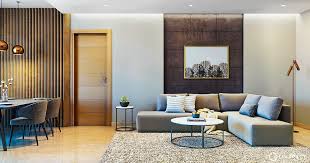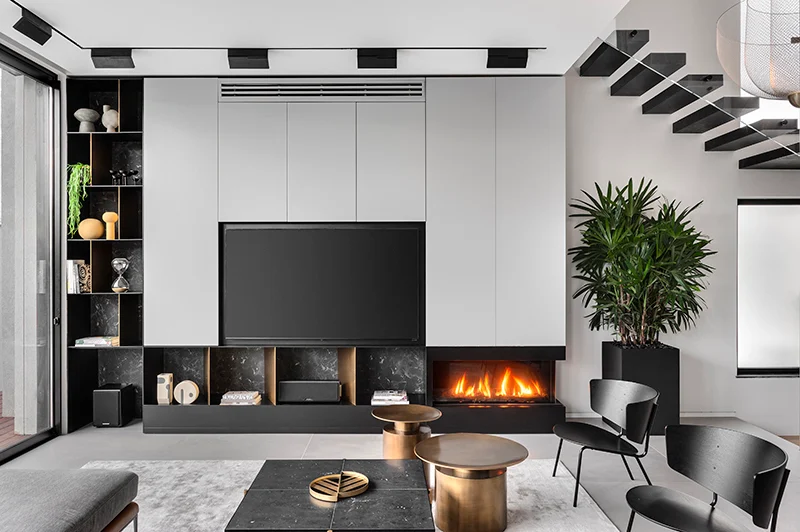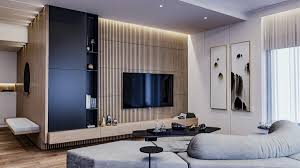Contents
- 1 Understanding Modern Design
- 2 Author
Modern design has redefined the way we experience spaces, products, and visuals, blending functionality with minimalism to create aesthetic harmony. It reflects an innovative approach that balances simplicity with sophistication, meeting the demands of contemporary lifestyles while pushing the boundaries of creativity. This article explores the core principles, applications, and significance of modern design in various fields.
Understanding Modern Design

Modern design is rooted in the late 19th and early 20th centuries, emerging as a response to the ornate styles of previous eras. Influenced by movements like Bauhaus and De Stijl, it emphasizes clarity, functionality, and clean lines. This design philosophy seeks to strip away unnecessary embellishments, focusing instead on purposeful elements that enhance usability and aesthetics.
The core idea behind modern design is “less is more.” This principle encourages designers to eliminate clutter and focus on the essentials, creating spaces and products that are both beautiful and efficient. The emphasis on form following function ensures that every element serves a practical purpose while contributing to the overall aesthetic.
Key Principles of Modern Design
Modern design is guided by several foundational principles that make it timeless and versatile. These include:
- Simplicity: Clean lines, uncluttered spaces, and minimal ornamentation define modern. The focus is on creating a harmonious environment without distractions.
- Functionality: Every component in modern design serves a purpose. Whether it’s a piece of furniture or a visual element in graphic design, functionality is a non-negotiable factor.
- Neutral Colors: Modern design often incorporates a neutral color palette, such as whites, grays, and blacks, complemented by natural tones. This creates a serene and sophisticated ambiance.
- Natural Materials: Incorporating materials like wood, stone, and metal adds texture and warmth to modern spaces. These elements connect the design to nature while maintaining its contemporary feel.
- Open Spaces: Modern interiors often emphasize open layouts that allow for fluid movement and interaction, creating a sense of spaciousness.
- Sustainability: As the world becomes more conscious of environmental impacts, modern increasingly integrates sustainable practices, using eco-friendly materials and energy-efficient solutions.
Applications of Modern Design

Modern design transcends industries, influencing architecture, interior design, graphic design, and product design. Its adaptability and focus on innovation make it a staple across various disciplines.
In Architecture
Modern architecture emphasizes geometric shapes, open floor plans, and extensive use of glass to bring natural light into spaces. Iconic examples include the Farnsworth House by Mies van der Rohe and the Villa Savoye by Le Corbusier. These structures embody the principles of modern design by seamlessly integrating form and function.
Architects often use modern to address urban challenges, such as creating compact living spaces that maximize usability without compromising comfort. Modular construction and prefabrication techniques further enhance efficiency and sustainability in modern architecture.
In Interior Design
Modern interior design transforms living and working spaces into functional yet visually appealing environments. It emphasizes simplicity, with sleek furniture, neutral tones, and strategic use of lighting to create an inviting atmosphere.
Key elements in modern interiors include:
- Minimalistic furniture with clean lines and smooth finishes.
- Open-plan layouts that encourage interaction and flexibility.
- Accent pieces, such as statement lighting or bold artwork, to add character without overwhelming the space.
Modern interior design also values adaptability, catering to evolving needs with multifunctional furniture and modular storage solutions.
In Graphic Design
Graphic design has embraced modern principles to produce visually compelling and effective communication. Clean typography, balanced compositions, and a focus on negative space are hallmarks of modern graphic design.
Designers often use grid systems to organize content, ensuring visual harmony and readability. The use of bold, sans-serif fonts and a limited color palette enhances clarity and impact, making modern graphic design a favorite for branding, advertising, and digital media.
In Product Design
Modern product design prioritizes user experience, combining aesthetic appeal with practicality. It often involves innovative use of materials and technology to create products that are both mariatogel functional and visually pleasing.
From sleek smartphones to ergonomic furniture, modern product design strives to simplify everyday tasks while enhancing user satisfaction. Companies like Apple have become synonymous with modern design, showcasing how simplicity and elegance can transform consumer products.
The Role of Technology in Modern Design

Technology has played a pivotal role in advancing modern design. Tools like computer-aided design (CAD) and 3D modeling have revolutionized the creative process, enabling designers to experiment with ideas and visualize concepts with precision.
Smart technology has also influenced modern interiors and architecture. From automated lighting systems to energy-efficient appliances, technology enhances convenience and sustainability, aligning with the principles of modern design.
Digital platforms have further expanded the reach of modern graphic design, allowing creators to experiment with interactive and immersive formats. Augmented reality (AR) and virtual reality (VR) are reshaping the way users engage with design, offering dynamic experiences that go beyond traditional media.
Sustainability in Modern Design
Sustainability is an integral aspect of modern design, reflecting a commitment to environmental responsibility. Designers are increasingly adopting eco-friendly practices, such as:
- Using recycled or renewable materials to reduce waste.
- Incorporating energy-efficient solutions, such as LED lighting and solar panels.
- Designing products and spaces that are durable and adaptable, minimizing the need for frequent replacements.
Sustainable modern design not only benefits the planet but also enhances the quality of life for users, promoting healthier and more efficient living environments.
The Future of Modern Design
As society evolves, so does modern design. The future promises a deeper integration of technology, sustainability, and personalization. Key trends shaping the future of modern design include:
- Biophilic Design: Incorporating natural elements like greenery and natural light to create harmonious and health-promoting spaces.
- Adaptive Reuse: Repurposing existing structures and materials to reduce environmental impact and preserve cultural heritage.
- Smart Design: Leveraging artificial intelligence and IoT to create intuitive and responsive environments that adapt to users’ needs.
- Inclusivity: Designing for diverse needs, including accessibility features that cater to individuals with disabilities, ensuring that modern design is truly for everyone.
Conclusion
Modern design continues to inspire and innovate, shaping the way we interact with the world around us. Its emphasis on simplicity, functionality, and sustainability makes it a timeless and adaptable approach across various fields. As technology and societal values evolve, modern design will undoubtedly remain at the forefront of creativity, offering solutions that enhance both aesthetics and quality of life.





